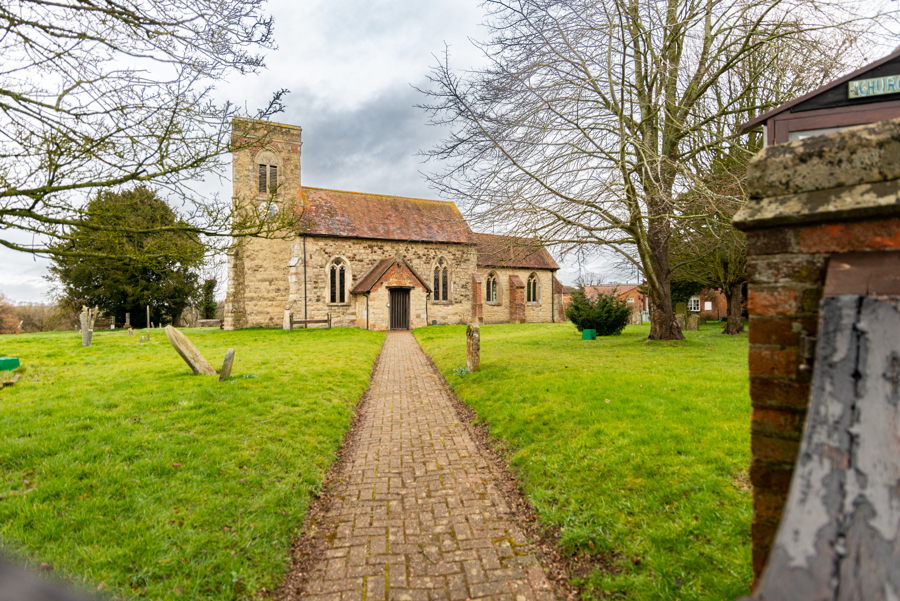Area Guide
Cublington is an Anglo-Saxon name meaning ‘Cubbel’s Estate’. The C of E parish church of St Nicholas has unusual corbels, or stone brackets, featuring a man and a monkey. Nearby is The Beacon, a man-made hill, which was...
This village was recorded in the Domesday Book of 1086 as having just 15 residents. The ‘Parslow’ part probably refers to an early Norman lord of the manor.
The Holy Trinity church dates back to the 14th...
The name ‘Brickill’ means hill hill from Brythonic ‘breg’ and Anglo Saxon ‘hyll’. In the Domesday Book recorded the village named Brichelle. In 1643, the Earl of Essex’s army camped in the village during the...
This unusual name stems from two hamlets joining over the years. Heath comes from the sandy heathland topography of the area. Reach potentially refers to a narrow path. There was a Roman settlement in the area and building...
There is no definite answer as to the reason behind this unusual name. It’s postulated that ‘Leighton’ is from the Old English that meant ‘farm clearing in the woods’. The ‘Buzzard’ can be said to have come from...
There have been flints found that showed people were living in the area from the middle Stone Age. In the Brickhill Woods is a large earthwork, Danesborough, that dates from 500BC.
Being on Watling Street, now...
This is dummy text waiting to be replaced. This is dummy text waiting to be replaced. This is dummy text waiting to be replaced. This is dummy text waiting to be replaced. This is dummy text waiting to be replaced. This is...
‘Newton’ comes from the Old English, meaning ‘new farm’. The ‘Longville’ was a 13th century addition from the Cluniac priory in Longueville, France, which held the manor at that time. The villages are still twinned...
Soulbury was in the Domesday Book of 1086, named ‘Soleberie’. It is an Anglo-Saxon name meaning ‘stronghold in a gully’. Quakers from Soulbury settled in Pennsylvania, America and named their new home, Solebury...
Recorded in the Domesday Book in 1086, Stoke Hammond a small village. The name which refers to an Anglo-Saxon word ‘stoche’, a place of worship. Hammond was added in the 12th century, referring back to the main landowners...
It’s possible that the name comes from the Old English for ‘dwellers at, or devotees of, a heathen temple’. There is evidence of the temple itself under the C of E All Saints church. It dates back over 1300 years, which...













